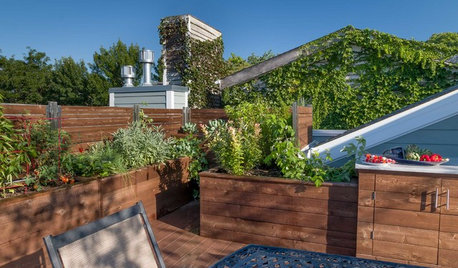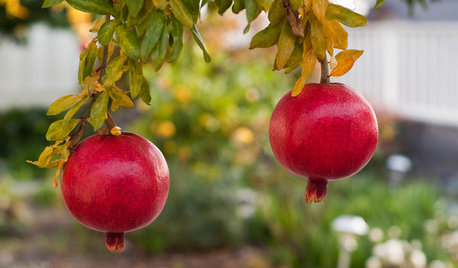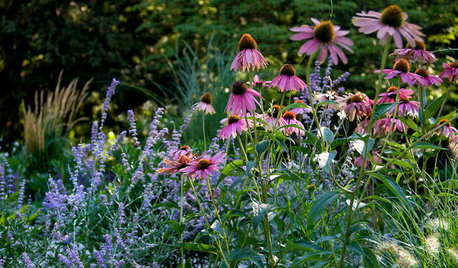Best way to deadhead zinnias based on botany
maineman
19 years ago
Featured Answer
Comments (6)
kdjoergensen
19 years agokdjoergensen
19 years agoRelated Professionals
Arlington Landscape Architects & Landscape Designers · Forest Acres Landscape Architects & Landscape Designers · New Providence Landscape Contractors · Plymouth Landscape Contractors · Pompano Beach Landscape Contractors · Rockville Landscape Contractors · San Antonio Landscape Contractors · Stallings Landscape Contractors · Anaheim Fence Contractors · Ashland Fence Contractors · Bothell Fence Contractors · Fair Oaks Fence Contractors · Fullerton Fence Contractors · Statesville Fence Contractors · Van Nuys Fence Contractorsmaineman
19 years agomaineman
19 years agogardengardengardenga
19 years ago
Related Stories

GARDENING GUIDES10 Tips for Beginning Gardeners
With a simple sketch, basic tools and the right plants, you’ll be on your way to growing your first flowers or edibles
Full Story
GARDENING GUIDESNorthern California Gardener's October Checklist
It's still a great time to plant flowers, vegetables and even bulbs in California gardens this month, thanks to predictably mild weather
Full Story
LANDSCAPE DESIGNGet Along With Less Lawn — Ideas to Save Water and Effort
Ditch the mower and lower your water bill while creating a feast for the eyes with diverse plantings and gathering places
Full Story
GARDENING FOR BUTTERFLIESBe a Butterfly Savior — Garden for the Monarchs
Keep hope, beauty and kindness alive in the landscape by providing a refuge for these threatened enchanters
Full Story
GARDENING GUIDES6 Plants That Beat Butterfly Bush for the Wildlife Draw
It's invasive, a nonnative and a poor insect magnet. Check out these better alternatives to butterfly bush in the garden
Full Story
MOST POPULAREnjoy Your Summer Garden — Here’s What to Do in July
Our July gardening guides take the guesswork out of summer watering, pruning and planting. See our tips for your U.S. region
Full Story






kdjoergensen